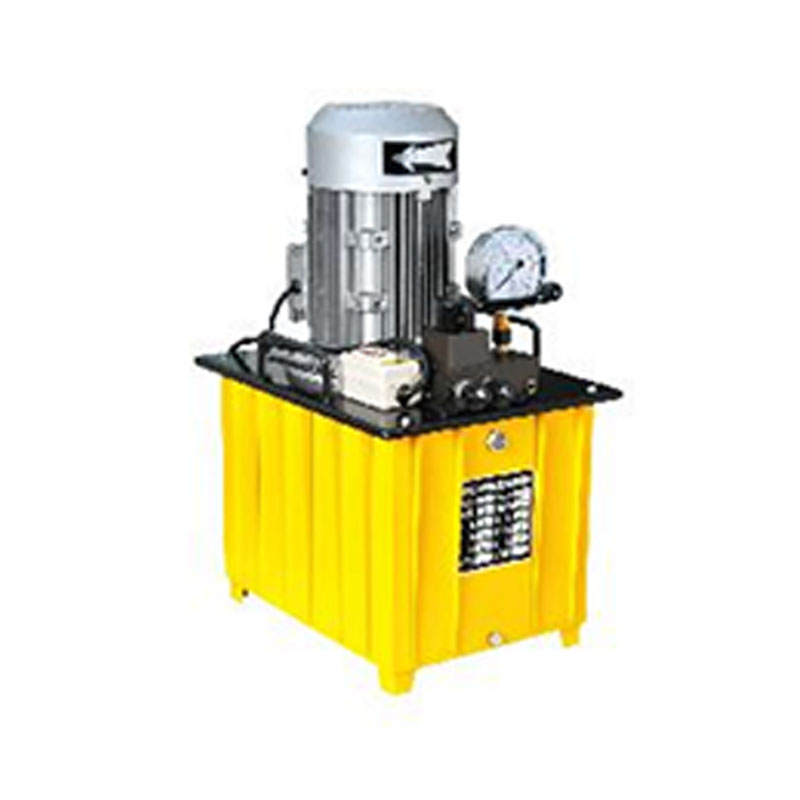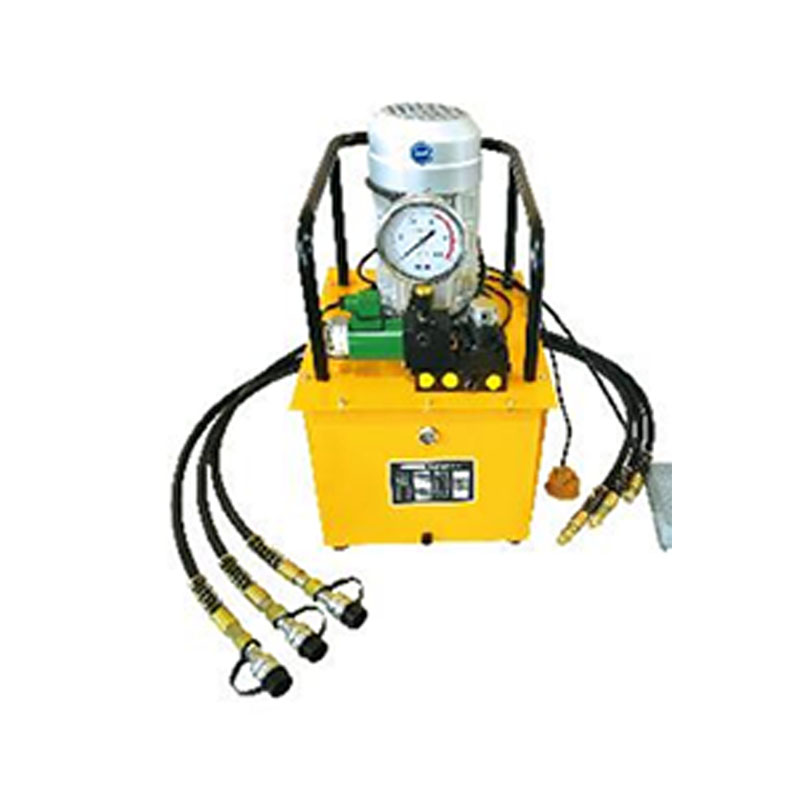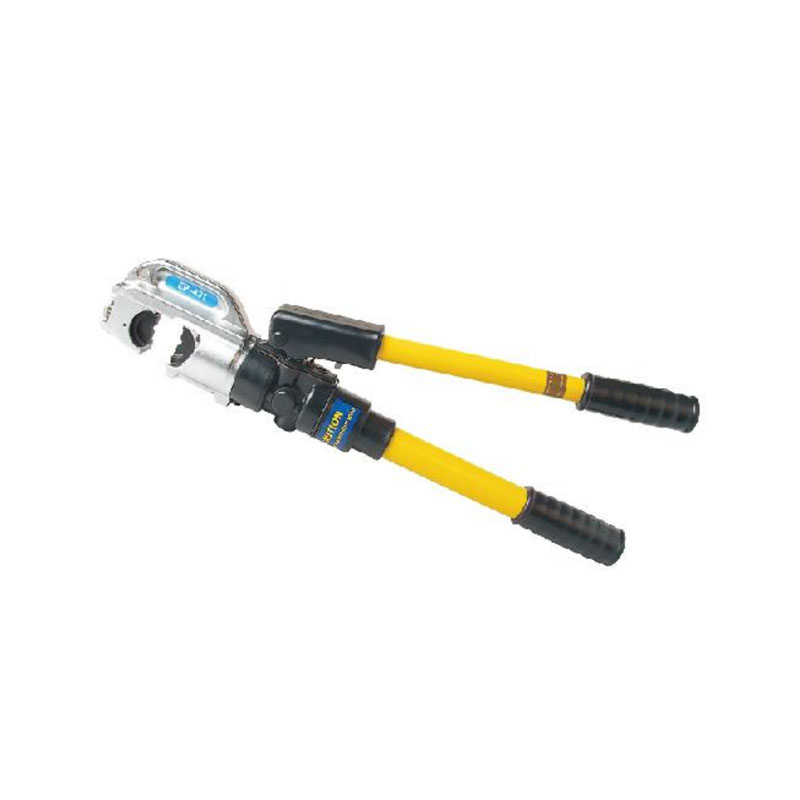Heavy Duty Rebar Benders: What to Look For and How to Use Them?
 2024.06.19
2024.06.19
 Industry News
Industry News
In the bustling environment of construction and manufacturing, the heavy duty rebar bender stands as a cornerstone of efficiency and productivity. These robust machines are designed to handle the demands of bending rebar into precise shapes, essential for reinforcing concrete structures.
Understanding the Need for Heavy Duty Rebar Benders
The construction industry relies heavily on rebar for reinforcing concrete structures. A heavy duty rebar bender is an indispensable tool for fabricators who require bending rebar into complex shapes and sizes. These machines are engineered to withstand the rigors of heavy-duty applications, ensuring consistent performance and reliability.
Key Features to Consider When Choosing a Heavy Duty Rebar Bender
1. Capacity and Range: Evaluate the bending capacity and range of the heavy duty rebar bender to ensure it aligns with your project requirements.
2. Durability: The machine's build quality and materials used are crucial for longevity. Opt for heavy-duty components that can withstand the test of time.
3. Ease of Operation: A user-friendly interface and intuitive controls can significantly enhance the bending process, reducing the learning curve for operators.
4. Safety Features: Ensure the heavy duty rebar bender is equipped with safety mechanisms to protect operators from potential hazards.
5. Power Source: Consider whether a power rebar cutter or an electric rebar bending machine suits your operational setup and energy requirements.
6. Portability: For manufacturers working across different sites, a portable heavy duty rebar bender can offer flexibility and convenience.
7. Maintenance: Opt for machines that are easy to maintain and have readily available spare parts to minimize downtime.
8. Warranty and Support: A robust warranty and reliable customer support can be invaluable in ensuring the longevity of your heavy duty rebar bender.
How to Use a Heavy Duty Rebar Bender
1. Preparation: Before operating the heavy duty rebar bender, ensure the rebar is clean and free of any debris that could affect the bending process.
2. Setup: Adjust the machine according to the required bend radius and angle. Ensure all settings are locked in place before operation.
3. Safety Precautions: Always follow safety guidelines, wear appropriate protective gear, and ensure no one is within the machine's operational range.
4. Operation: With the rebar in position, activate the heavy duty rebar bender. The machine will apply the necessary force to bend the rebar to the desired shape.
5. Inspection: After bending, inspect the rebar for any inconsistencies or defects. Make necessary adjustments to the machine if required.
6. Maintenance: Regularly maintain the heavy duty rebar bender to ensure good performance. This includes lubricating moving parts, checking for wear and tear, and replacing parts as needed.
The Role of Power Rebar Cutters and Electric Rebar Bending Machines
In addition to heavy duty rebar benders, manufacturers often utilize power rebar cutters for precise cutting tasks and electric rebar bending machines for environments where portability and electric power are advantageous. These tools complement the heavy duty rebar bender, offering a comprehensive solution for rebar processing.
Heavy duty rebar benders are a vital asset for manufacturers in the construction and fabrication industries. By carefully considering the features and capabilities of these machines, and adhering to practices in operation and maintenance, manufacturers can streamline their rebar processing, enhance productivity, and ensure high quality in their end products.



 Español
Español русский
русский










